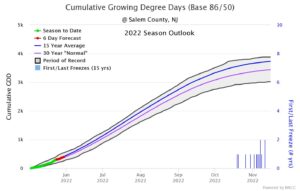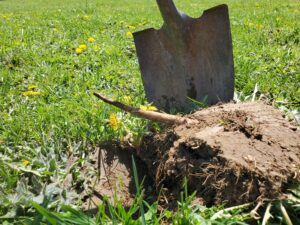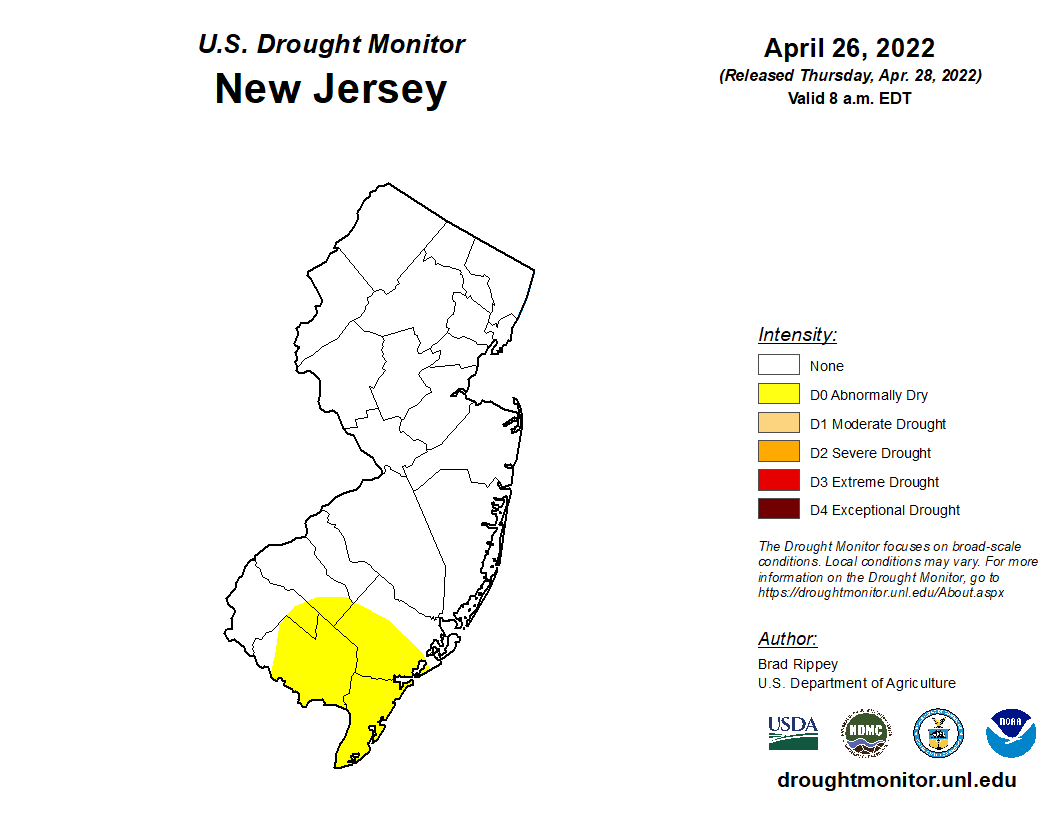On May 3, 2022, Penn State Extension reported a significant number of black cutworm moths in traps in Lebanon and Lancaster County. In general, it takes about 300 growing degree days for the moth larva to emerge and begin cutting corn.
This year, this is coinciding with emergence of field corn. And, of note is the shift in cultural practices this year due to high input costs and low availability resulting in higher than normal late terminated cover crop residue still present in the field as corn is emerging.
According to the Climate Smart Farming Growing Degree Day Calculator provided by Cornell University, as of May 25, Salem County has had 300 growing degrees day accumulated (base 50) since May 3rd.

What to consider:
- Corn after soybeans, corn after wheat and reduced tillage more likely to have higher cut worm issues
- Fields with high rye residue, or weed residue are more likely to have higher cut worm issues
- Fields planted into hay recently terminated
- Fields with higher water table, ponding areas
- If cutworm are about 1 inch long or less; and plants are less than 6 leaf stage; and plants are cut below the soil surface; in these situations likely to see economic injury justifying rescue treatment in that area.
- Economic thresholds are triggered typically when 2% to 3% of the area infested are showing signs of active feeding. But this is an atypical year for cutworm corn economics and producers should factor in all considerations which in general will lower the tolerance to 1% cut or wilted and small larva to 3% cut or wilted in larger larva.
For more information see the following publications: https://extensionpublications.unl.edu/assets/pdf/g1153.pdf
https://entomology.ca.uky.edu/ent59
and, a note about corn economics related to cutworm in https://extension.umn.edu/corn-pest-management/black-cutworm#economic-thresholds%3A-when-to-treat-a-problem-1185760



